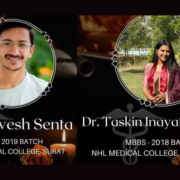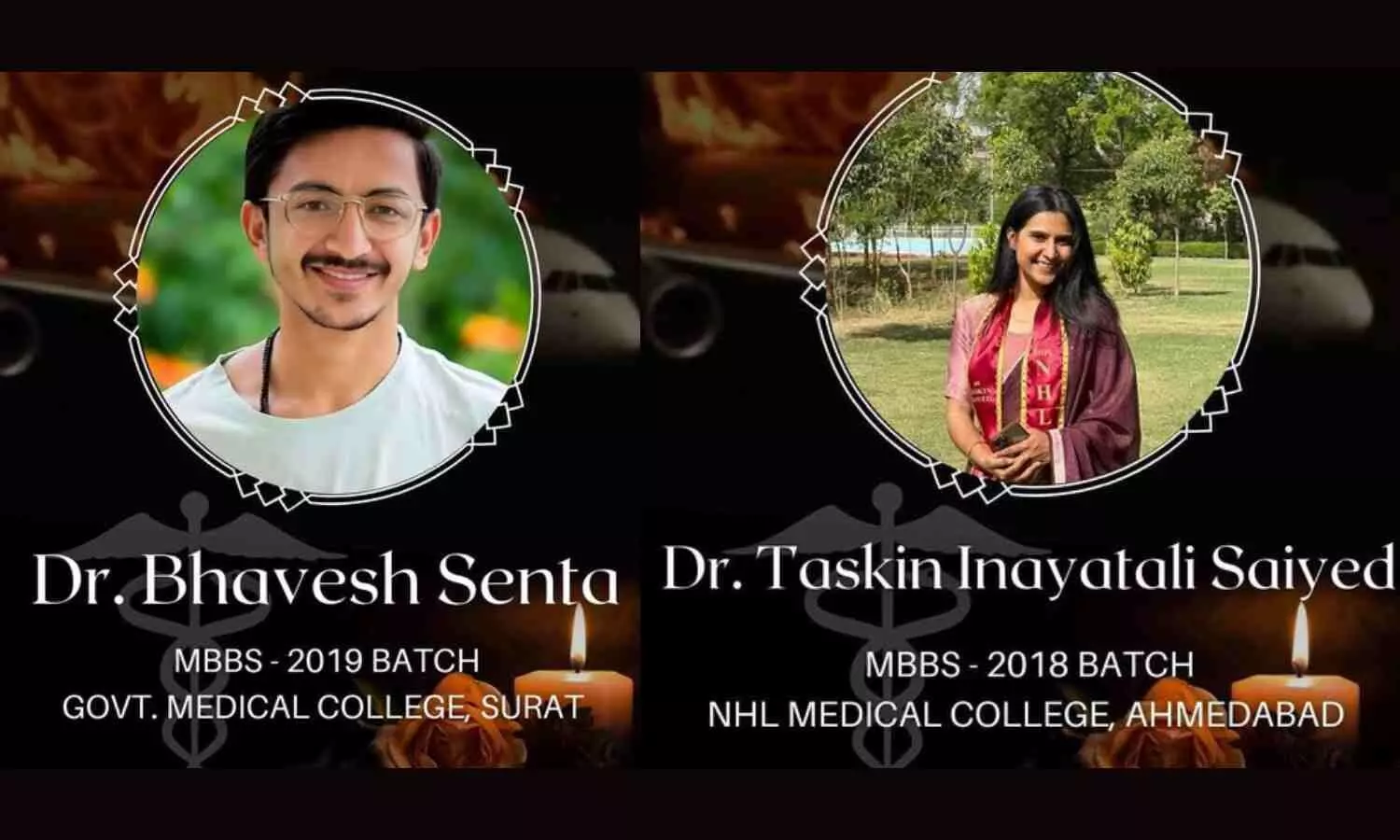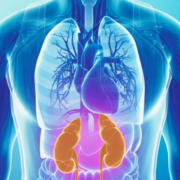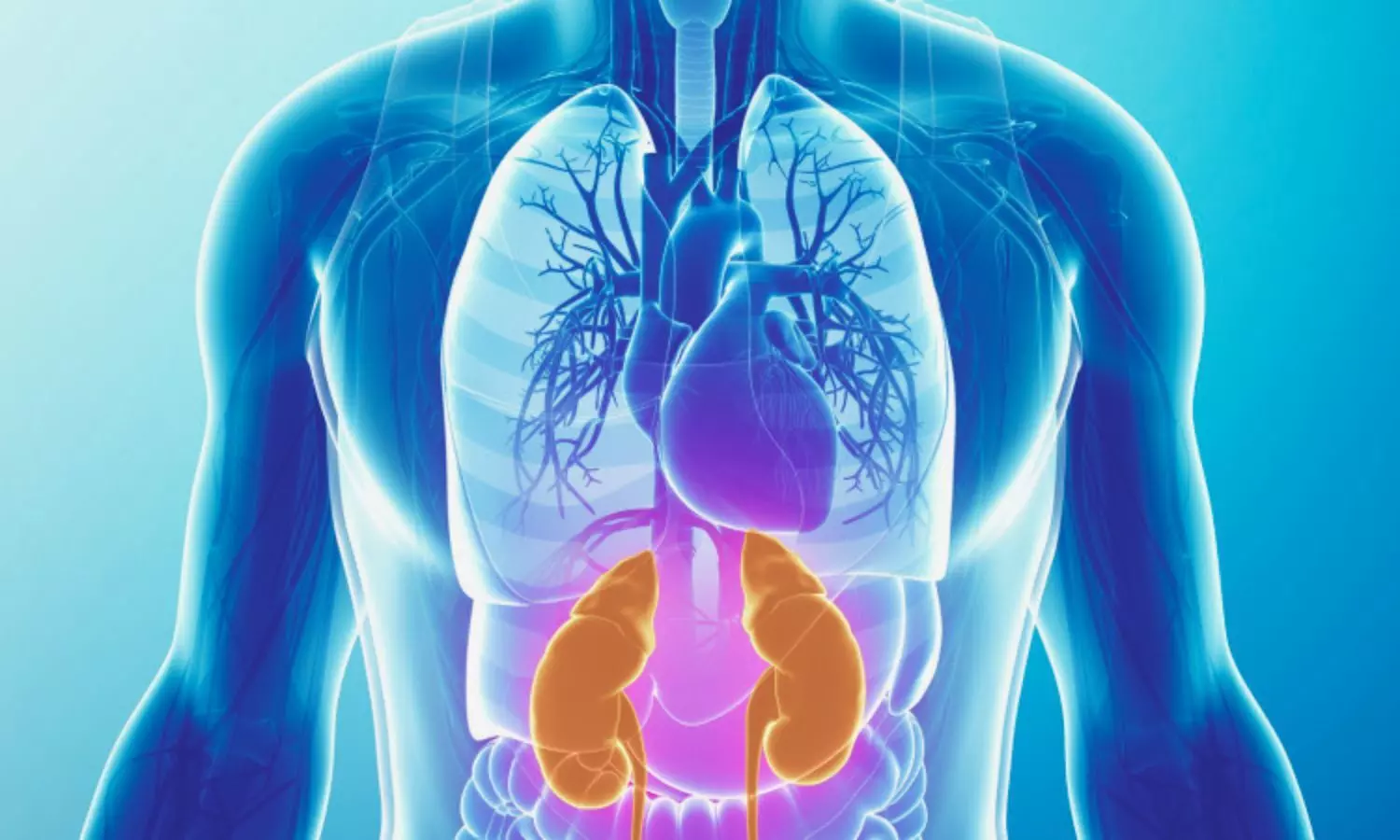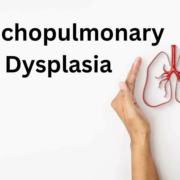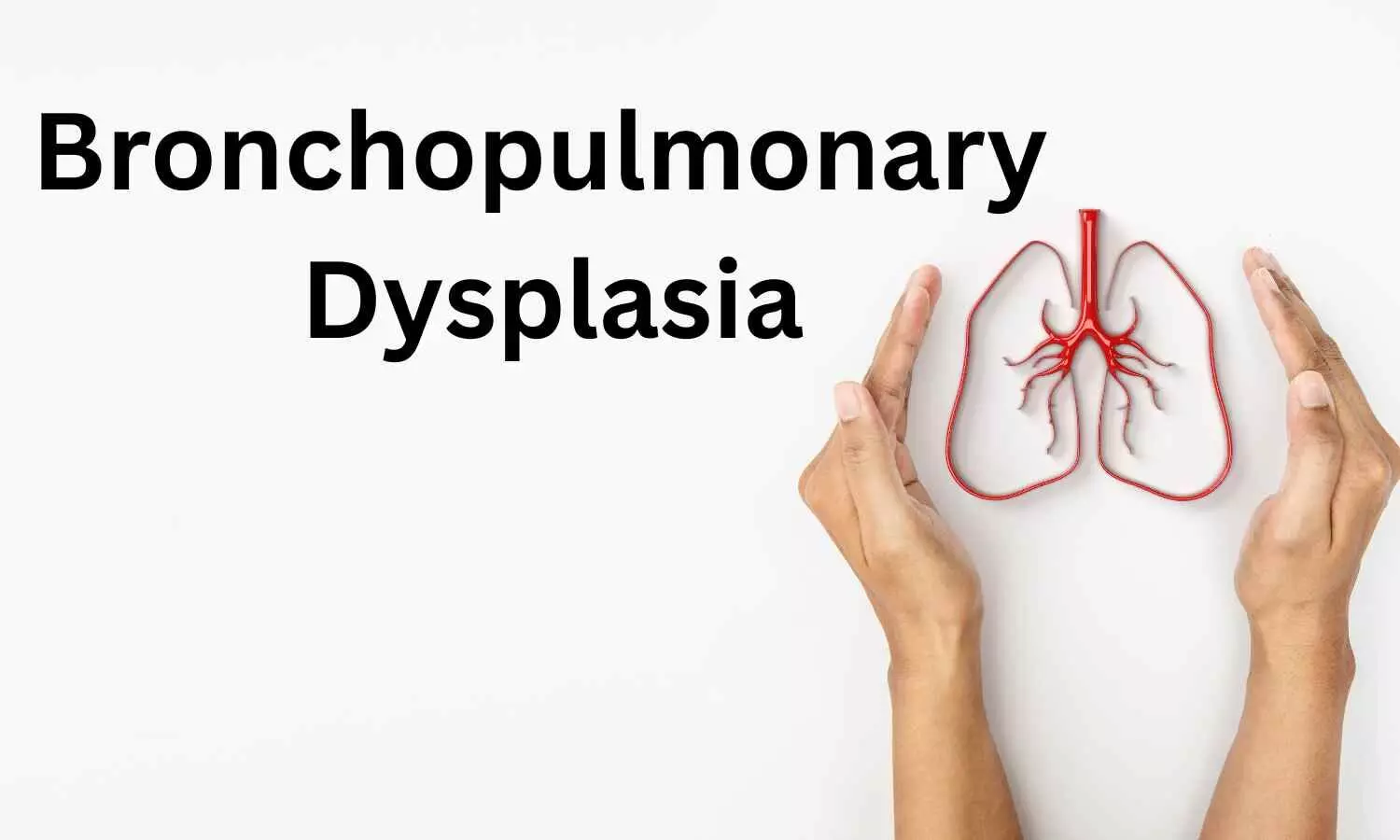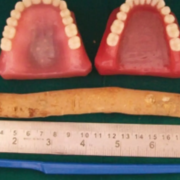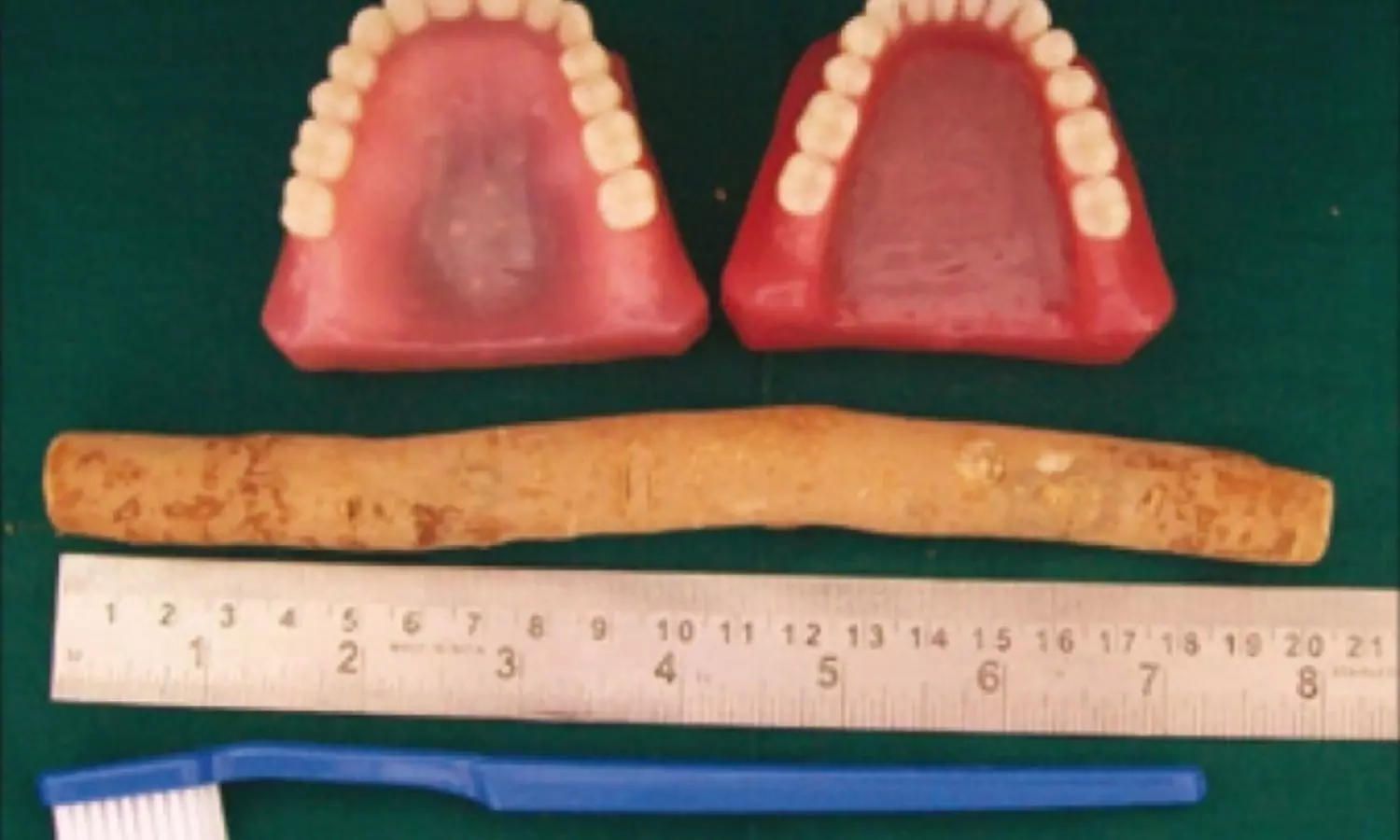Sanofi successfully prices euro 1.5 billion bond issue

Paris: Sanofi has successfully priced its offering of euro 1.5 billion of notes across 2 tranches:
- €750 million fixed-rate notes, due June 2029, bearing interest at an annual rate of 2.625%.
- €750 million fixed-rate notes, due June 2032, bearing interest at an annual rate of 3.000%.
The notes are being issued off the company’s Euro Medium Term Note Programme.
Sanofi intends to use the net proceeds of the offering for general corporate purposes.
The transaction has been led by Citigroup and RBC Capital Markets as Global Coordinators, and Credit Agricole CIB, HSBC and Societe Generale, all as Joint Lead Managers.
Read also: CDSCO Panel Clears Sanofi’s Updated Myozyme Insert, Seeks Revision on Administration Guidance
In the second week of June, Sanofi announced that results from the DISCOVER phase 4, single-arm, open-label study assessing Dupixent (dupilumab) in adults and adolescents with moderate-to-severe atopic dermatitis with skin of color, were shared in an oral presentation at the 2025 Revolutionizing Atopic Dermatitis (RAD) Conference. These are the first clinical study results for Dupixent in a large population of patients with darker skin tones. The results, along with the Dupixent phase 3 studies, demonstrated patients taking Dupixent experienced improvements in signs and symptoms of atopic dermatitis from baseline across many skin tones. The safety results in the DISCOVER study were generally consistent with the known safety profile of Dupixent in its approved dermatological indications.
Read also: Sanofi-Regeneron Dupixent data reinforce use in atopic dermatitis patients with skin of color
Sanofi is a French multinational pharmaceutical and healthcare company based in Paris. Founded in 1973, it merged with Synthélabo in 1999 to become Sanofi-Synthélabo, and later merged with Aventis in 2004 and renamed to Sanofi-Aventis, which were each the product of several previous mergers. In May 2011, the company changed its name back to Sanofi. An R&D driven, AI-powered biopharma company listed on EURONEXT: SAN and NASDAQ: SNY.
Read also: Sanofi-Regeneron Dupixent data reinforce use in atopic dermatitis patients with skin of color
Powered by WPeMatico




